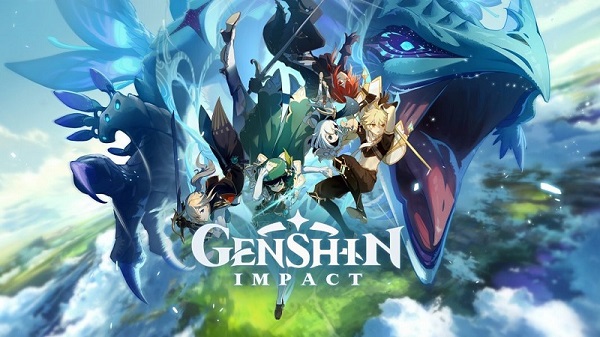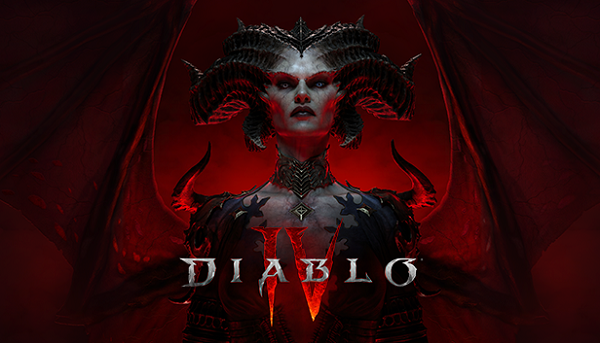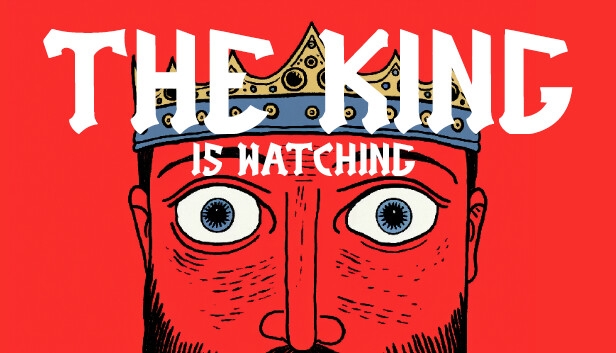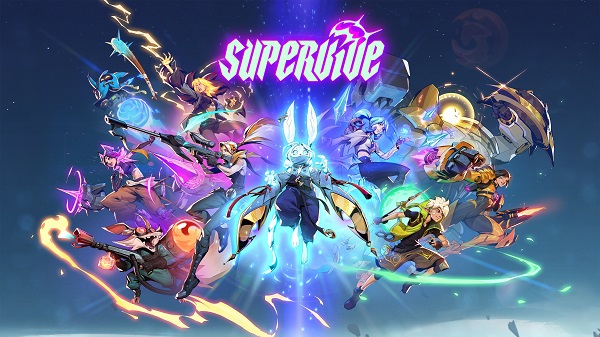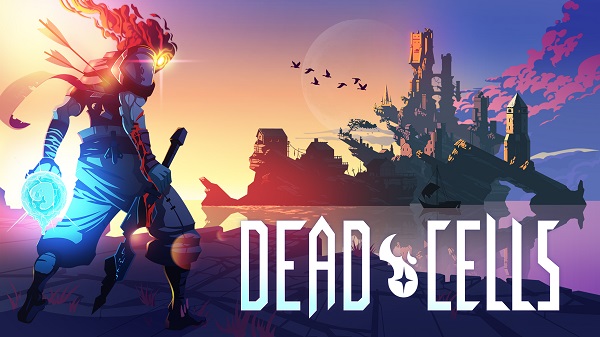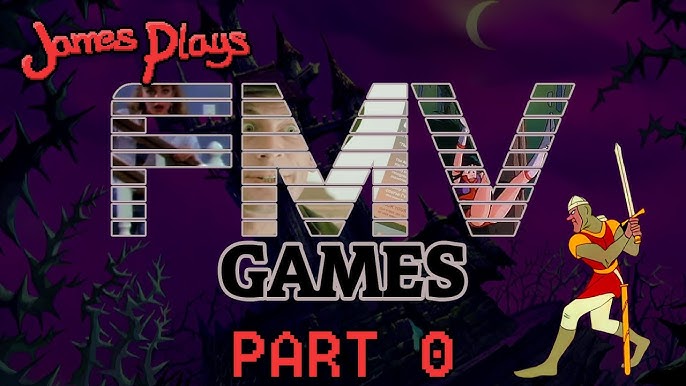Goddess of Victory: Nikke is a third-person shooter action role-playing game developed by Shift Up and published by Level Infinite. Released globally on November 4, 2022, for Android and iOS, and later for Windows in 2023, this free-to-play title has captivated millions with its unique blend of fast-paced combat, anime-inspired visuals, and a gacha-based monetization system. Set in a post-apocalyptic world overrun by mechanical aliens called Raptures, the game follows a Commander leading a squad of artificial soldiers known as Nikkes in a battle to reclaim the Earth’s surface. With over $400 million in revenue and 25 million downloads within its first year, Nikke has established itself as a powerhouse in the mobile gaming market. This article explores the game’s development, gameplay, narrative, and more, providing a comprehensive guide for both new and seasoned players.
1. The Genesis of Nikke: Development and Vision
Early Development (2017–2019)
The journey of Goddess of Victory: Nikke began in 2017 when South Korean studio Shift Up, previously known for Destiny Child, initiated an internal planning competition. One concept emerged victorious, laying the foundation for Nikke. Initially envisioned as a first-person shooter, the developers pivoted to a third-person perspective, drawing inspiration from the cover-based mechanics of Gears of War. This shift allowed for dynamic character poses and a more visually engaging combat system, aligning with the game’s anime aesthetic.
Shift Up’s Ambition
Shift Up collaborated with Level Infinite, a Tencent Games publishing brand, to bring Nikke to a global audience. The game was first showcased at the Crank In Showcase in 2019 alongside Stellar Blade, highlighting Shift Up’s ambition to create visually stunning, narrative-driven titles. Despite a planned 2020 release, delays pushed the launch to November 2022, allowing the team to refine gameplay and localization, including high-quality English dubbing to enhance immersion.
2. A Post-Apocalyptic World: Setting and Story
The Fall of Humanity
Goddess of Victory: Nikke is set in a bleak, post-apocalyptic future where the Earth’s surface has been devastated by Raptures, extraterrestrial mechanical creatures. Humanity has retreated to the Ark, an underground metropolis ruled by the Central Government. The story centers on the Commander, a rookie fresh from the Military Academy, who leads a squad of Nikkes—robotic female super soldiers designed to combat the Raptures. The narrative explores themes of sacrifice, identity, and the fight for survival.
The Counters Squad
The Commander leads the Counters squad, comprising Nikkes Anis, Rapi, and later Neon. Unlike typical protagonists, the Commander views Nikkes with empathy, advocating for their rights despite the Ark’s laws branding such actions illegal. This perspective adds depth to the story, as players uncover the harsh realities faced by Nikkes, who are often treated as disposable tools rather than sentient beings with human origins.
Side Stories and Events
Beyond the main campaign, Nikke offers side stories and limited-time events accessible through the Command Center. These supplementary narratives focus on individual Nikkes, providing insight into their personalities and backstories. The Archives system allows players to revisit past events, ensuring new players can experience the full scope of the game’s lore at their own pace.
3. The Nikke Project: Evolution of Artificial Soldiers
Origins of the Nikkes
Nikkes are humanity’s answer to the Rapture invasion, created by transplanting human brains into robotic bodies. Early Nikkes were crude, machine-like constructs with missile launchers and rocket boosters, but these designs caused cognitive dissonance, leading to mental instability. Modern Nikkes resemble humanoid women, designed to reduce psychological strain and improve combat efficiency. Only female candidates aged 10–25 proved viable for conversion, a grim necessity driven by the failure of male candidates.
The Goddess Squad
The first modern Nikke, codenamed Liliweiss, was a prototype derived from a young ace pilot’s brain. Her success paved the way for the Grimms series, elite Nikkes who formed the legendary Goddess squad. Revered as humanity’s beacon of hope, the Goddess squad achieved significant victories against the Raptures but ultimately failed to prevent humanity’s retreat underground. Their legacy continues to inspire the game’s narrative and player aspirations.
4. Gameplay Mechanics: Fast-Paced and Strategic
Combat System
Nikke’s gameplay is a hybrid of third-person shooter and light gun mechanics. Players control a squad of up to five Nikkes, directing them with a crosshair to aim and shoot at Raptures. The system emphasizes quick character-switching, cover mechanics, and Burst skills that provide bonuses like increased damage or healing. Each Nikke has a specific role—Attacker, Defender, or Supporter—and wields unique weapons, allowing for strategic team-building.
Team Composition
Effective team composition requires at least one Nikke from each Burst stage (B1, B2, B3) to activate Full Burst mode, which amplifies squad performance. Players must balance weapon types, elemental affinities, and skill synergies to tackle various challenges, from story missions to raids. The game’s early chapters teach these mechanics, with complexity increasing by chapters 5–6, where players unlock features like the Synchro Device for leveling multiple Nikkes.
Additional Modes
Beyond the campaign, Nikke offers modes like Tribe Tower, Manufacturer Tower, Simulation Data Center, and Interception for resource farming and challenging battles. The Arena mode, including Rookie and Special Arenas, introduces PvP elements, though it’s less emphasized in the game’s meta. These modes provide diverse gameplay experiences, rewarding players with currencies like gems and credits.
5. Gacha Mechanics: The Heart of Monetization
Gacha System Overview
Nikke employs a gacha system for acquiring new Nikkes, with SSR (Super Super Rare), SR, and R rarities. The standard banner uses free gems (300 per pull, 3000 for ten), but lacks a pity system, making SSR pulls challenging. A one-time banner requires paid gems (2000 for ten pulls) and offers a guaranteed SSR, but free-to-play (F2P) players face limitations. Codes like “NIKKESTELLARBLADE” provide resources to ease progression.
The Level 160 Wall
A significant barrier for F2P players is the “level 160 wall,” where progression beyond level 160 requires five SSR Nikkes with maximum limit breaks (base copy + three duplicates). This mechanic heavily favors paying players, as duplicates are hard to obtain without spending. While the game offers free resources through codes and events, advancing past this point can feel grindy for non-paying players.
6. Visuals and Sound: A Sensory Feast
Anime-Inspired Aesthetics
Nikke’s visuals are a standout, featuring high-quality 2D anime art and fluid animations. The character designs, often described as “thirst traps,” lean into provocative aesthetics, which has sparked both praise and criticism. The game’s environments, from desolate wastelands to the high-tech Ark, complement the post-apocalyptic narrative. Collaborations with Chainsaw Man and NieR: Automata introduced iconic characters like Makima and 2B, enhancing visual appeal.
Soundtrack and Voice Acting
The game’s soundtrack, blending electronic and orchestral elements, heightens the intensity of battles and the emotional weight of the story. High-quality English and Japanese voice acting adds depth to the Nikkes’ personalities, with localization efforts ensuring cultural nuances are preserved. However, some players note that the global version lacks certain quality-of-life features and cosmetics present in the Chinese version.
7. Collaborations and Events: Expanding the Universe
High-Profile Crossovers
Nikke has embraced collaborations to keep content fresh. The Chainsaw Man crossover in 2023 introduced characters like Makima, while the NieR: Automata event brought 2B, 9S, and A2 into the fold. The Re:Zero collaboration in 2024 added further variety. These events, often accessible via the Archives system, blend seamlessly with the game’s narrative while offering exclusive rewards.
Limited-Time Events
Limited-time events provide supplementary stories and rewards, focusing on specific Nikkes or themes. For example, the “NIKKESUMMEREVENT2024” code offered vouchers and growth sets, incentivizing participation. These events keep the community engaged, though some players criticize the time-limited nature for pressuring spending.
8. Monetization: A Double-Edged Sword
Pay-to-Win Concerns
Nikke’s monetization has drawn scrutiny for its pay-to-win elements. The lack of a pity system on the standard banner and the high cost of pulls (300 gems per single pull) make it difficult for F2P players to acquire top-tier Nikkes. The paid banner’s exclusivity and the need for SSR duplicates exacerbate these issues, particularly for end-game content.
F2P Accessibility
Despite its pay-to-win reputation, Nikke offers F2P (Free to Play) players ways to progress through codes, daily rewards, and events. Resources like Battle Data Sets, Credits, and Core Dust can be farmed via the Outpost and missions. However, the grind for high-level content and the level 160 wall remain significant hurdles for non-paying players.
9. Community and Reception: A Polarized Response
Critical Acclaim
Nikke has been praised for its narrative, visuals, and engaging combat, earning a nomination for the Famitsu Dengeki Game Awards 2022’s “Best App” category. Its $70 million first-month revenue and $400 million within a year underscore its commercial success, particularly in Japan, South Korea, and the US. The game’s localization and waifu-collecting appeal have made it a top performer in the Team Battler genre.
Criticisms and Controversies
Critics like Pete Davison have noted that early gameplay can feel too easy, clashing with the narrative’s intensity. The game’s provocative marketing and character designs have been called “horny to an almost satirical degree,” alienating some players while attracting others. Censorship issues, such as altered costumes due to China’s regulations, have also sparked backlash among players.
10. Future Prospects: What Lies Ahead
Ongoing Updates
Shift Up and Level Infinite continue to support Nikke with regular updates, new Nikkes, and events. The PC version’s release in 2023 and ongoing collaborations suggest a commitment to expanding the game’s reach. Quality-of-life improvements, such as faster load times and additional cosmetics, are anticipated to address community feedback, particularly for the global version.
Potential for Growth
With its strong player base and revenue, Nikke has the potential to evolve into a long-term franchise. Expanding the narrative, introducing new gameplay modes, and balancing monetization could solidify its position. However, addressing F2P accessibility and global version disparities will be crucial for sustained success.
Conclusion
Goddess of Victory: Nikke is a visually stunning, narratively rich shooter RPG that blends fast-paced combat with a compelling post-apocalyptic story. Its gacha mechanics and provocative aesthetics may polarize players, but its engaging gameplay and regular updates keep it thriving. While pay-to-win elements and the level 160 wall pose challenges for F2P players, the game’s depth and charm make it a standout in the mobile gaming landscape. With a rating of 8/10, Nikke is recommended for fans of anime-style games and strategic shooters, provided they’re prepared for its monetization hurdles.

 Lost & Found: The Boring Game
Lost & Found: The Boring Game is a mobile sorting game where players manage lost items, dragging them into Return, Sell, Trash, or Keep bins. With colorful 3D graphics and short levels, it’s an addictive casual experience.
Read full review
Lost & Found: The Boring Game
Lost & Found: The Boring Game is a mobile sorting game where players manage lost items, dragging them into Return, Sell, Trash, or Keep bins. With colorful 3D graphics and short levels, it’s an addictive casual experience.
Read full review
 Goddess of Victory: Nikke
Goddess of Victory: Nikke is a free-to-play third-person shooter RPG set in a post-apocalyptic world. Command a squad of Nikkes, powerful female super soldiers known as “Goddesses of Victory,” to battle alien Raptures. Featuring anime-style visuals, strategic combat, and a gacha system. Available on Android, iOS, and Windows.
Read full review
Goddess of Victory: Nikke
Goddess of Victory: Nikke is a free-to-play third-person shooter RPG set in a post-apocalyptic world. Command a squad of Nikkes, powerful female super soldiers known as “Goddesses of Victory,” to battle alien Raptures. Featuring anime-style visuals, strategic combat, and a gacha system. Available on Android, iOS, and Windows.
Read full review
 99 Nights in The Forest
99 Nights in The Forest is a Roblox survival-horror game where players must endure 99 nights in a haunted forest, rescuing four missing children while battling cultists, wolves, and the invulnerable Deer Monster. With crafting, base-building, and dynamic events like the Alien Invasion, it’s a thrilling test of strategy and survival.
Read full review
99 Nights in The Forest
99 Nights in The Forest is a Roblox survival-horror game where players must endure 99 nights in a haunted forest, rescuing four missing children while battling cultists, wolves, and the invulnerable Deer Monster. With crafting, base-building, and dynamic events like the Alien Invasion, it’s a thrilling test of strategy and survival.
Read full review
 Grow a Garden
Grow a Garden is a charming Roblox farming simulator where players cultivate crops, earn Sheckles, and customize their gardens. With multiplayer features, seasonal events, and regular updates, it offers a relaxing yet engaging experience for all ages.
Read full review
Grow a Garden
Grow a Garden is a charming Roblox farming simulator where players cultivate crops, earn Sheckles, and customize their gardens. With multiplayer features, seasonal events, and regular updates, it offers a relaxing yet engaging experience for all ages.
Read full review
 mo.co
mo.co is a top-down action RPG and MMO by Supercell, released globally on March 18, 2025. Players become Monster Hunters, battling Chaos Monsters across parallel worlds using flexible builds and cosmetic-only monetization. With vibrant visuals, cooperative gameplay, and dynamic Rifts, it’s designed for casual and hardcore players alike.
Read full review
mo.co
mo.co is a top-down action RPG and MMO by Supercell, released globally on March 18, 2025. Players become Monster Hunters, battling Chaos Monsters across parallel worlds using flexible builds and cosmetic-only monetization. With vibrant visuals, cooperative gameplay, and dynamic Rifts, it’s designed for casual and hardcore players alike.
Read full review
 Monster Train 2
Monster Train 2 is a roguelike deckbuilder where players command demons and angels on a celestial train to defeat Titans. With new clans, equipment, and room cards, it offers deep strategy and endless replayability across PC, consoles, and Game Pass.
Read full review
Monster Train 2
Monster Train 2 is a roguelike deckbuilder where players command demons and angels on a celestial train to defeat Titans. With new clans, equipment, and room cards, it offers deep strategy and endless replayability across PC, consoles, and Game Pass.
Read full review















